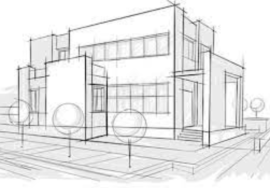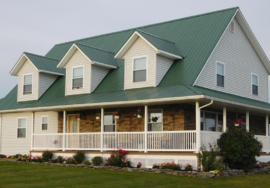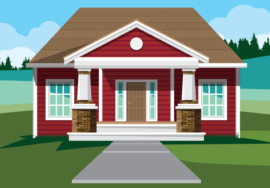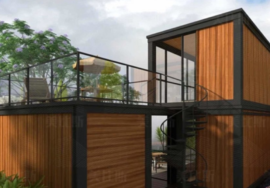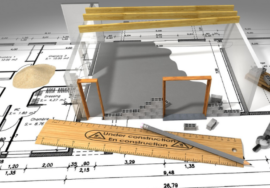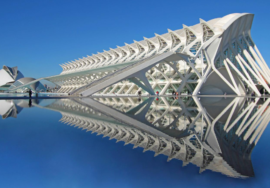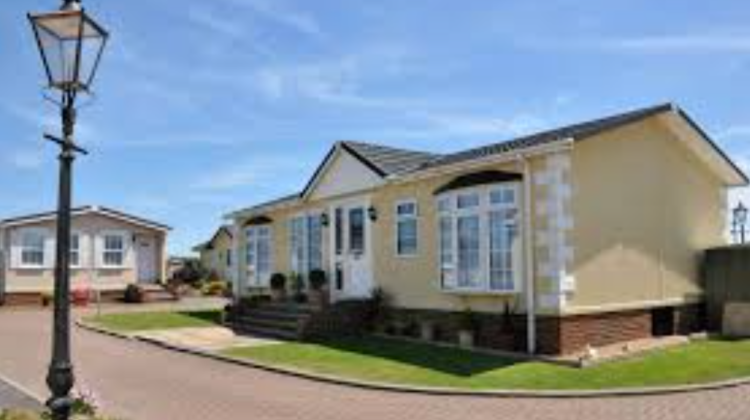
How Popular Is Prefabricated Housing?: A Look at the Pros and Cons
Curious about the prefabricated housing industry? You’re not alone! Between its versatility, affordability, and more efficient use of materials and construction time, it’s no wonder that prefabricated construction has steadily grown in popularity over the last several years. Just how popular is it though? Let’s take a look at some interesting facts about prefabricated housing and how many people live in these houses today.
What is pre-fabricated housing?
In traditional home building, a contractor builds all of your home’s elements separately on site. However, in modular housing—also known as prefabricated housing—these elements are created offsite and brought together to form a complete home. Typically, they are built in large units (roughly 20 to 40 feet by 10 to 20 feet) that can be easily transported on trucks to their final destination. Modular housing is often referred to as built-off-site or manufactured homes (although these terms also apply to sites where modular homes are constructed). Each has its own pros and cons
Examples of prefab houses
Modular homes , for example, come in kits of materials that are constructed in a factory. This method saves time during construction. They’re also more affordable and better insulated than traditional housing, and they’re popular with contractors because they can be assembled quickly to meet growing demand. The downside? Modular homes lack customizability, making them less attractive to some homebuyers who may prefer being able to pick out every single detail of their home. If you have an idea of what you want your new house to look like but don’t have much money, modular houses might be your best bet. But if you want something specific or just don’t feel comfortable settling on a design without seeing it first, stick with traditional building methods.
What else is prefabricated housing? Many commercial buildings use prefab components—the walls and roofs are built off-site before being shipped in for assembly on-site by construction workers . So why not extend that idea to residential buildings as well?
Advantages and disadvantages of pre-fab homes
There’s a lot to love about prefabricated homes, but there are also downsides. If you think they might be right for you, consider some of these pros and cons before taking on your own construction project. Let’s start with some of pre-built houses’ biggest advantages: They can be built in as little as half as time as it takes to build a traditional home;They don’t have to rely on unskilled labor;Can improve soil stability of an area;Are built with energy efficiency in mind;Eliminate trip hazards because there are no tripping hazards associated with modular housing. And now let’s look at some of their disadvantages: May not meet local building codes;May not provide adequate space for larger families or pets;May require additional insulation (depending on climate);May require more frequent maintenance than a traditionally built house. So what do you think? Are prefabricated homes worth considering?
A big part of that is going to depend on where you live, but if we’re talking about places like New York City, where property values are sky high and space is scarce, then I’d say definitely yes!
Future developments in this area
Future developments in prefabricated or modular housing could include a focus on comfort. While these type of units typically have kitchens, bathrooms, living areas, sleeping quarters and other amenities already included in them, they do not necessarily provide any form of insulation from outside elements. This can make them uncomfortable to live in during cold weather. To create more comfortable buildings with prefab units, developers may start to design more materials that are meant for such buildings. For example, companies like Cornell Dubilier Electronics specialize in creating lightweight insulating materials specifically for use on or around microwaves or other appliances; these types of materials could be an excellent addition to prefabricated housing structures.


